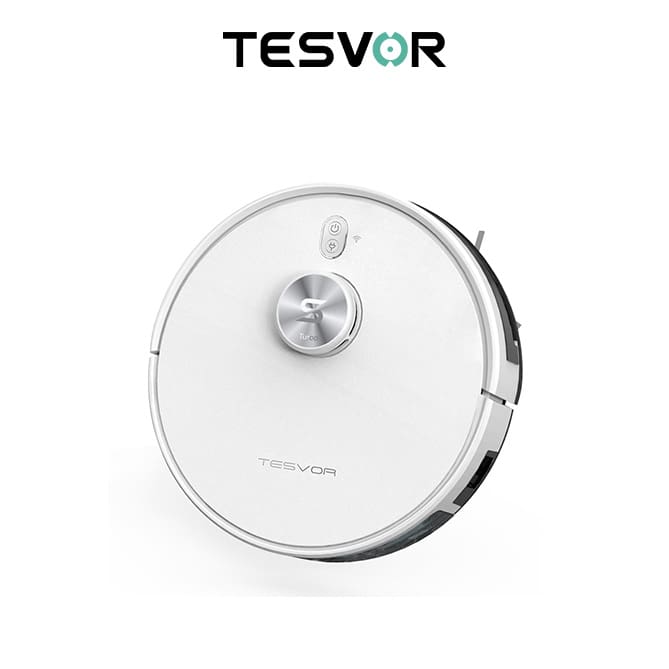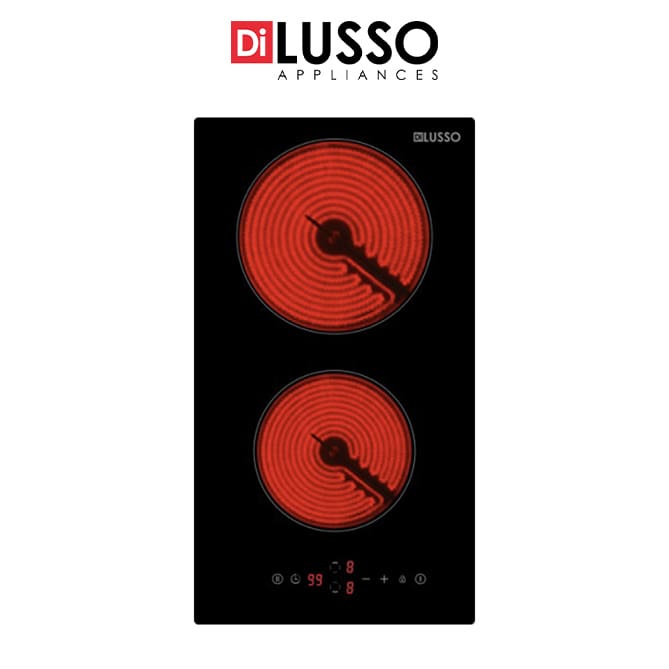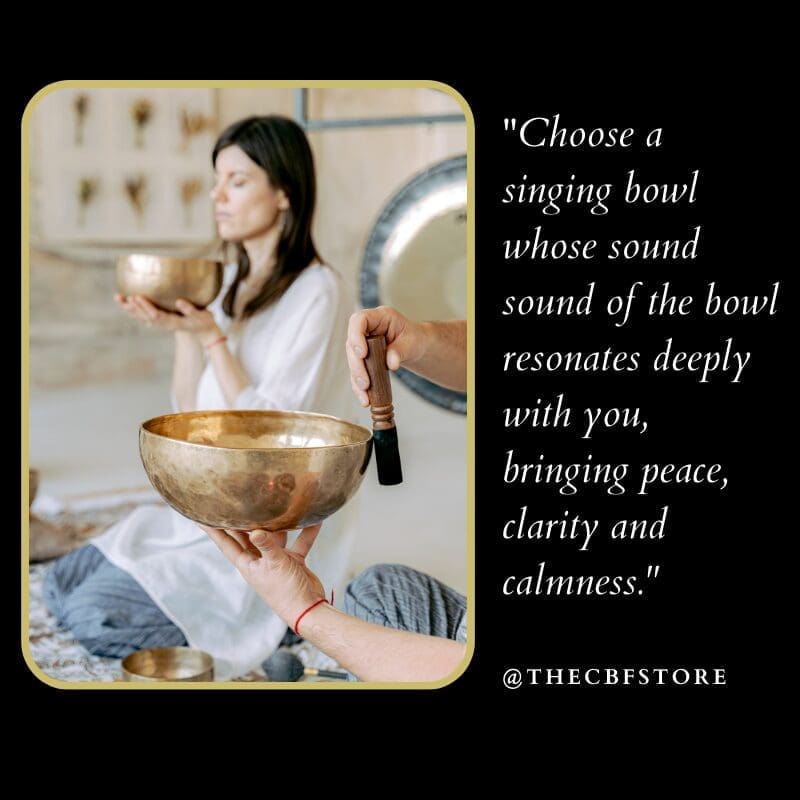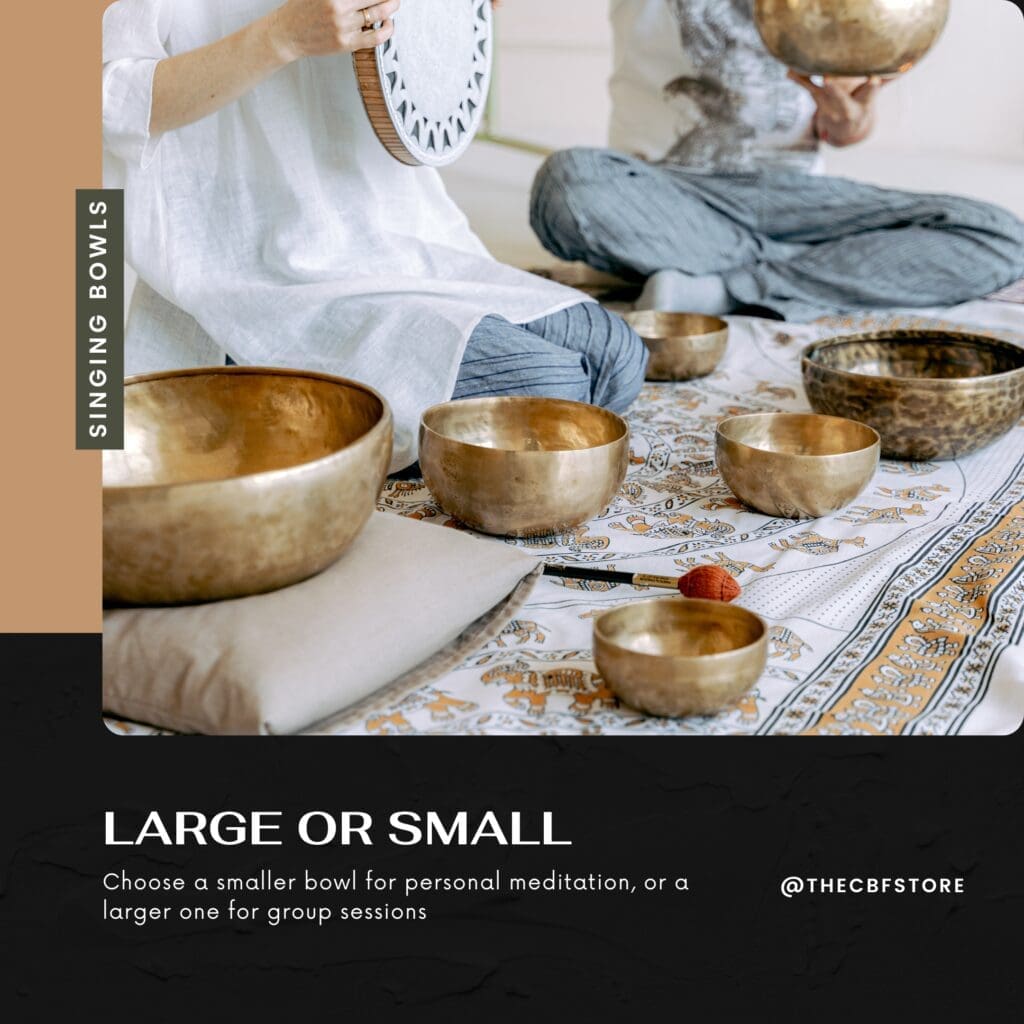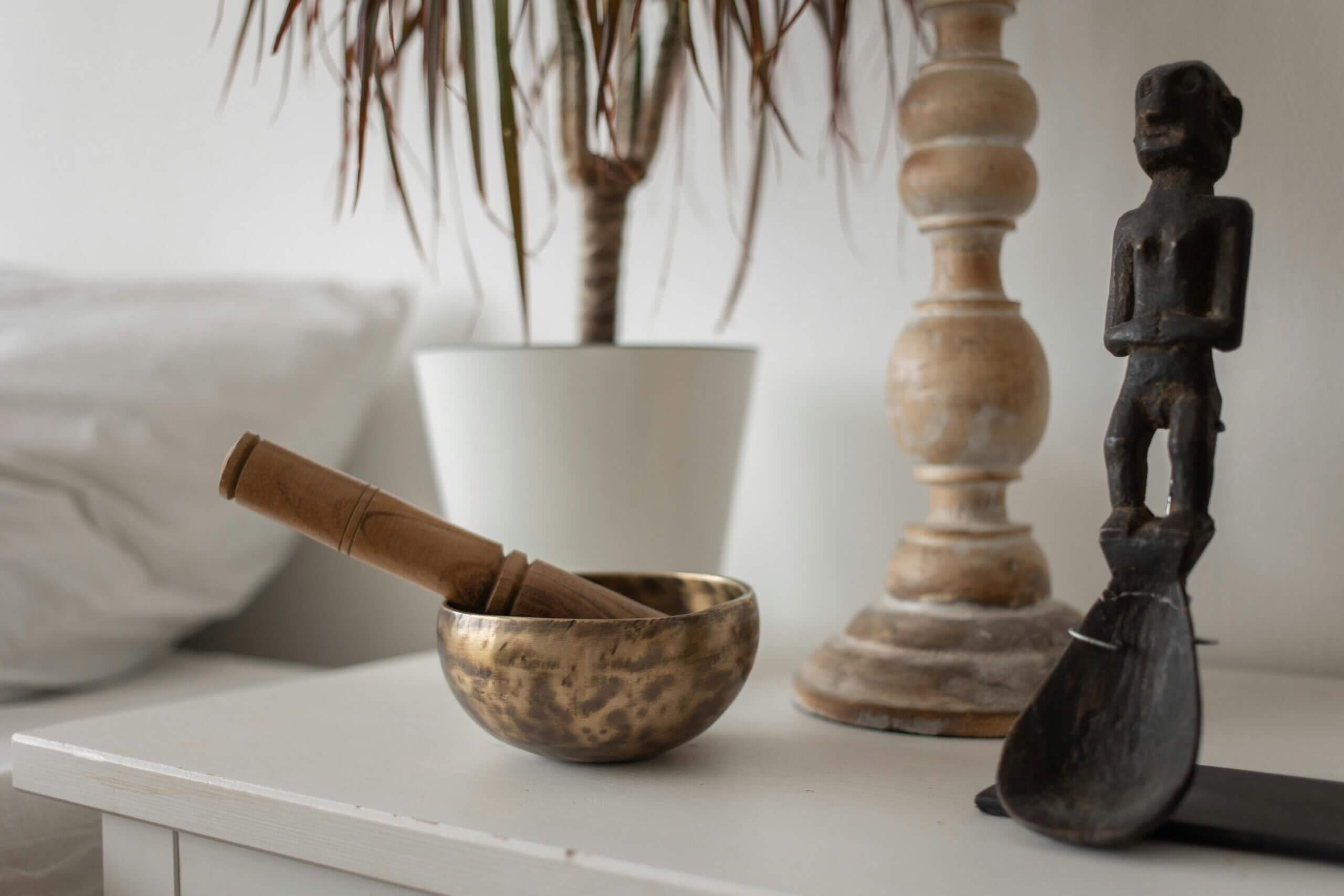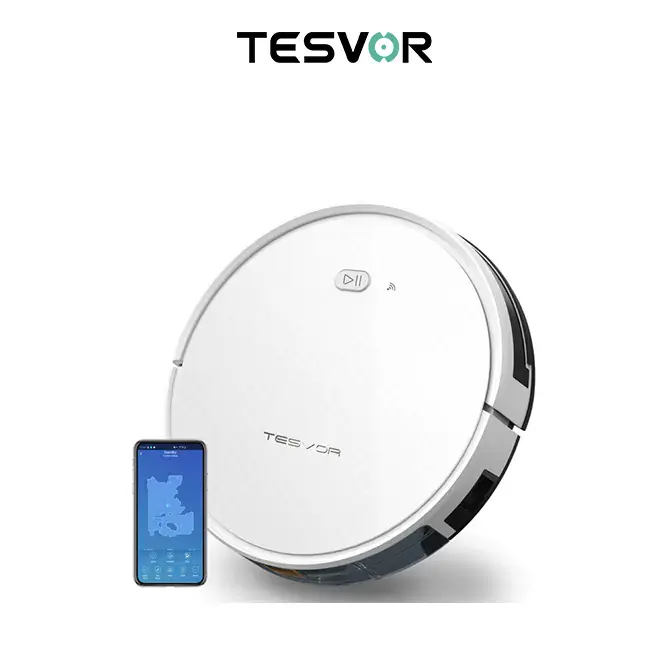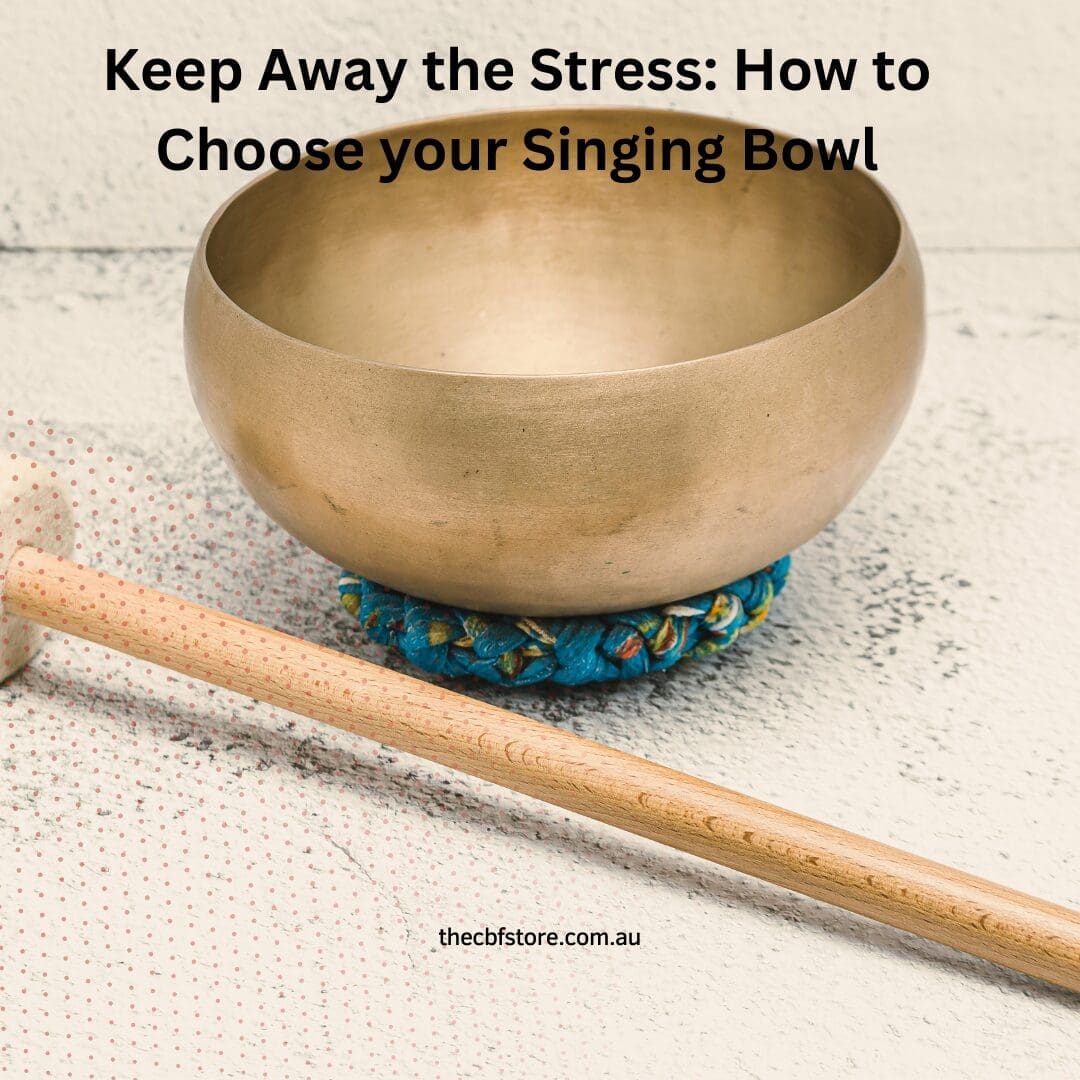
The quest for inner peace and wellness often leads us down various paths. From yoga, to therapy and alternative healing, the options are numerous, each with its own pros and cons. One of the most popular trends for wellness and inner balance is the use of singing bowls. Singing bowls have become increasingly in demand over the years especially with the modern high stress, high pressure culture
These simple yet fascinating instruments are not just musically harmonious but also a gateway to deeper meditation and relaxation. So how do you choose a singing bowl that’s just right for you? Read on to find out!!
Tips to Choose the Right Singing Bowls
- Determine the Purpose
Ever heard of the popular saying that if purpose is not known, then abuse is inevitable? Well, it may sound like an old record, but it’s ultimately true. It is important that you determine what you want to use the singing bowl for before you make the purchase. Do you need it for sound healing, meditation, therapy or simply as a centre-piece? Determining the purpose for which you need a singing bowl will help make the right choice in terms of size, quality and shape.
- Listening is Key
Before you buy a singing bowl, one of the first singing bowl tips is to listen to how it sounds. A traditionally hand-made singing bowl, identifiable by its uneven shape and hammer marks, will produce a richer sound than a machine made one which produces a simple bell sound. Test the singing bowl’s sound with a mallet to hear how its sounds, and what kind of sensation it brings to your soul.
In selecting a singing bowl that sounds good, be sure also to listen to your inner ear. Choose a singing bowl that resonates with your inner chakra, and brings calmness to your soul. As you will be using the singing bowl to enhance your wellness, you would do well to go with one that resonates with your soul.
So always remember this singing bowl tip; sound is key!!
- Size Matters
When it comes to size, it is important to choose a singing bowl that aligns with your purpose. Smaller bowls are suitable for personal meditation, easier to handle, and produce higher tones. If you are in the market for a singing bowl for your own use, then the small size would be a great choice. Large singing bowls on the other hand occupy more space, and produce deeper toned vibrations. They are thus more suitable for group sessions.
Be sure to check the thickness of the singing bowl as well. This is crucial as it determines the smoothness and taste of the singing bowl’s sound.
- Go for Quality
We often emphasize on quality when purchasing other items. So why not do the same with your singing bowl? After all, it will be your companion on your wellness journey so you might as well choose one that you won’t regret having!
In matters quality, several key things will help you:
- Aesthetics: Choose a singing bowl that appeals to your sense of beauty. Otherwise, we can almost predict you will have a poor experience on your wellness journey. After all, who doesn’t love a looker😊
- Finish: Go for a singing bowl that’s well made with a smooth finish. Hand hammered singing bowls will have some roughness to them, but this is because of the creation process. If the singing bowl on the other hand, has cracks and dents, you would do well to save your money and move on😊
- Sound: A singing bowl’s quality is also determined by how it sounds. When determining the singing bowl’s quality, be sure to listen to whether the vibration sounds simple or produces several overtones and harmonies.
- Understand the Material Composition
Whilst most sellers will tell you that their singing bowls are made up of the most quality materials, this is not always the case. Be sure to check for the following:
- Brass or Bronze: Traditional singing bowls are primarily made from a mix of metals but mainly brass or bronze. These usually have a deep, resonant tone.
- Crystal: Modern variants include crystal singing bowls, which produce a clearer and sometimes higher-pitched sound. They are often used for specific sound therapy sessions.
Different Types of Singing Bowls and Their Uses
There are different types of singing bowls, each with a specific use. The most common include:
- Crystal Singing Bowls
Crystal singing bowls are made of by subjecting pure quartz to high temperatures, and then shaping them using a lathe. Crystal bowls produce bright ethereal sounds, and produce bright ethereal can also produce a range of sounds depending on where they are hit. They are more often than not used for chakra healing (balance of the body’s energy centres) These bowls are perfect for a modern setting.
- Tibetan/Himalayan Singing Bowls
Tibetan singing bowls are traditionally crafted by skilled artisans, and are composed of seven metals which represent the seven chakras. They are typically created by 3-4 artisans, one holding the molten metal with tongs, and the others alternately hammering and chanting. This process ensures that each bowl has a rich quality, and is unique in sound and frequency.
Tibetan singing bowls are popularly used to increase well-being through meditation, healing and relaxation.
- Ceramic Singing Bowls
These are made from clay and glaze, and are useful for meditation and yoga. They are mostly made by ceramic artists.
- Hand-Hammered vs Machine-Made
- Hand-Hammered: Each hand-hammered bowl is unique with a rich blend of tones, ideal for a more organic sound experience.
- Machine-Made: These are generally more uniform in shape and sound, which can be beneficial for consistency during practices like sound therapy.
And finally, here are some tips to playing your singing bowl if you are a newbie😊
- Grasp the bowl by the base or on the palm of your non-dominant hand. This will help prevent muffling its sound.
- Use your mallet; the padded end of it, and gently strike the side of the bowl to produce an initial sound.
- Circle the outside rim using the wooden end of the mallet to maintain a continuous sound. This may become more refined with practice.
- Add a little water inside the bowl before playing. This can create unique ripple effects and alter the sound in enchanting ways.
- Experiment with different patterns of playing the singing bowl until you find the right one.
Well, we hope these singing bowl tips helps you to make a sound choice as you begin your wellness journey. Here’s some singing bowl options to start you off., and cheers to your wellness journey😊
Written by Joyce Ochieng for the CBF Store

